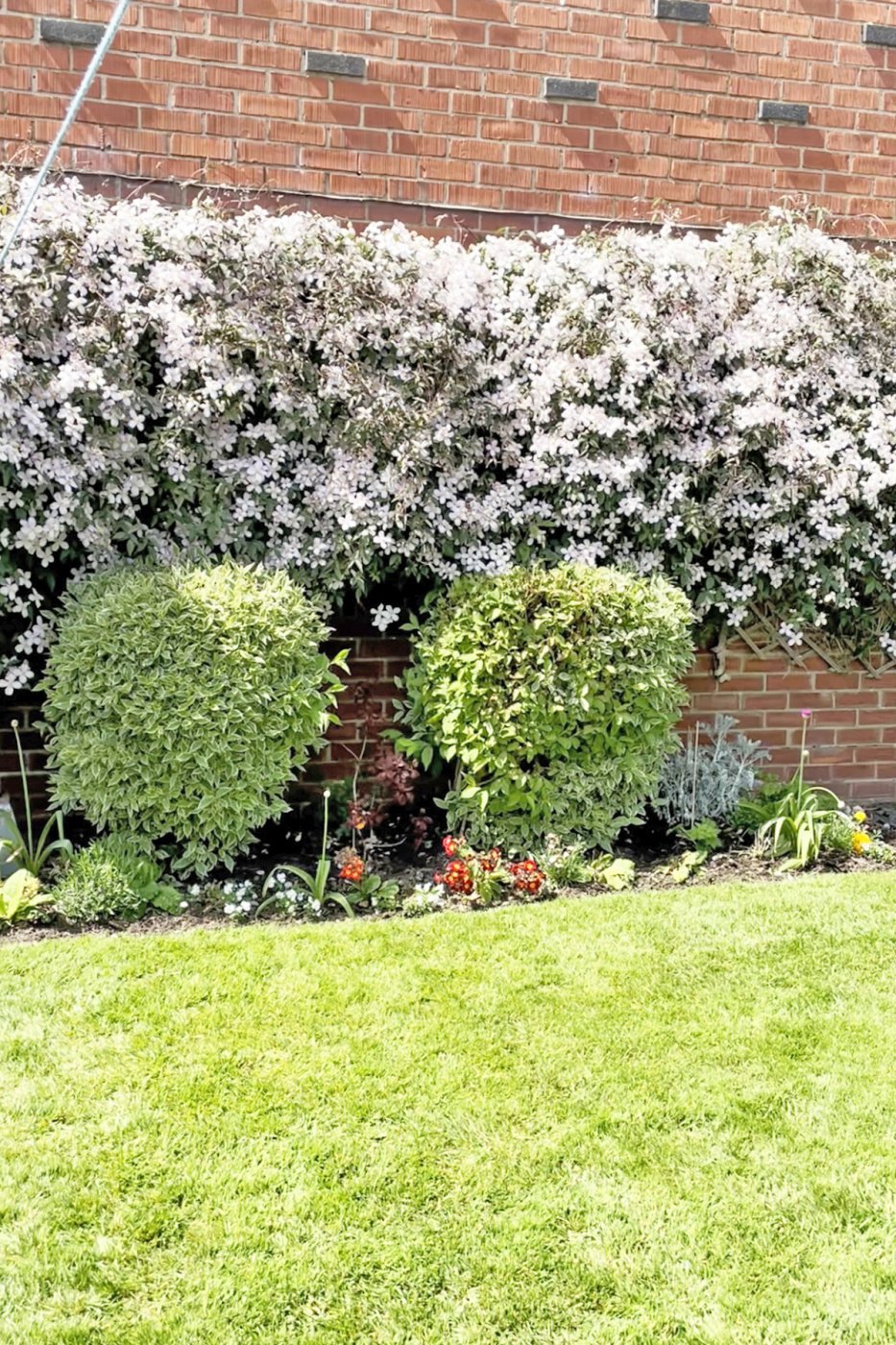This Forum will close on Wednesday 27 March, 2024. Please refer to the announcement on the Discussions page for further detail.
Clematis and damp walls
 gordon@thecoast
Posts: 6
gordon@thecoast
Posts: 6
I am new to the forum and have a clematis related question. We have a clematis which has been growing on trellis on an east facing single brick garage wall for 40 years. Can this plant cause penetrating dampness? I have attached a photo. Thanks for your help.
0
Posts
Is there a damp proof course in the brickwork? If not, it may be rising damp from any foundations.
It may be a lack of ventilation from having the wall so well clothed but I suspect it's more a case of rising damp from a non existant, inadequate or damaged damp proof course in your garage.
Took ages to dry out the walls once we got a new damp proof course injected. Got excited and painted too soon and bingo, the middle of the walls flaked first.
Gardening in Central Norfolk on improved gritty moraine over chalk ... free-draining.